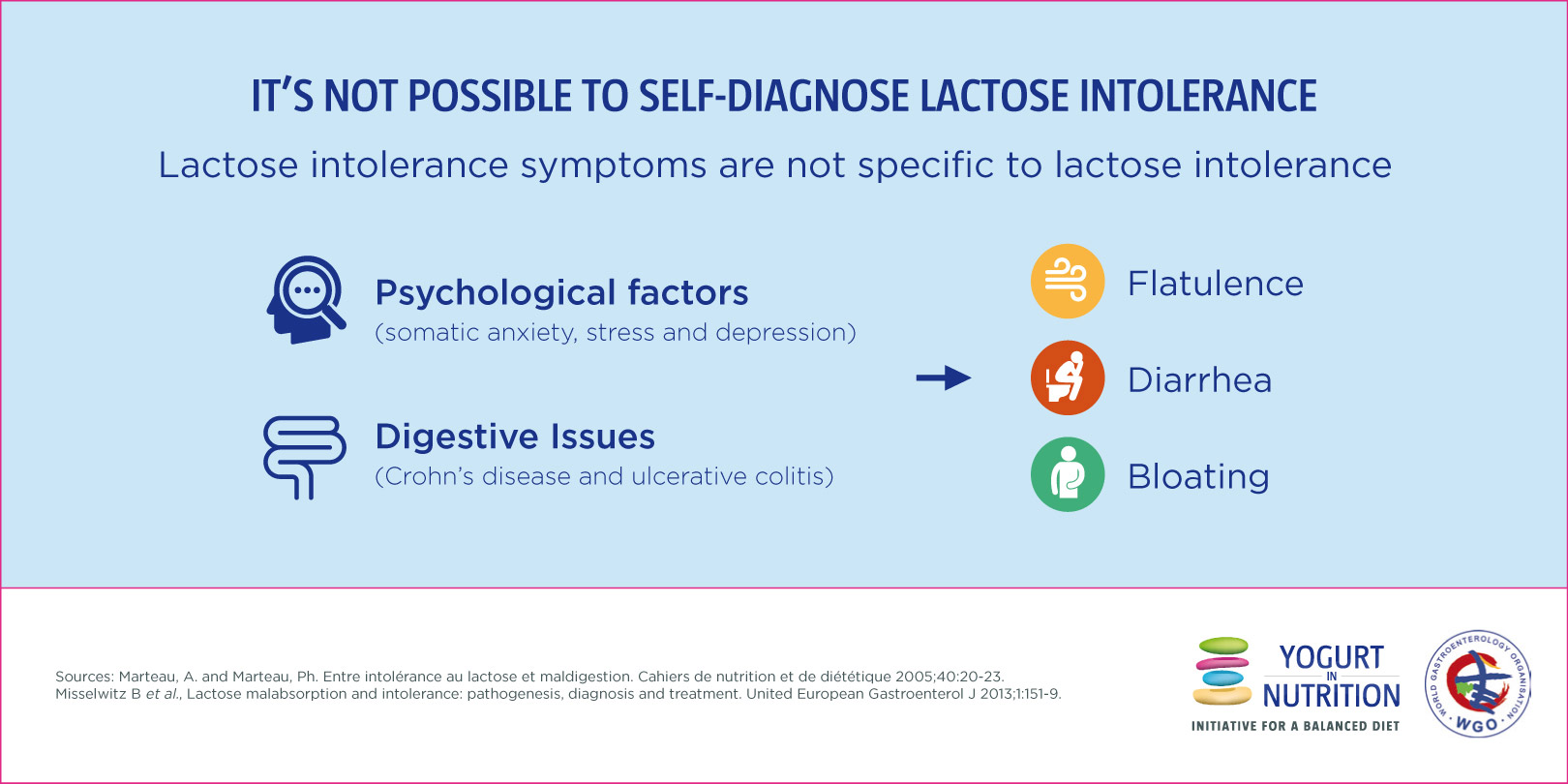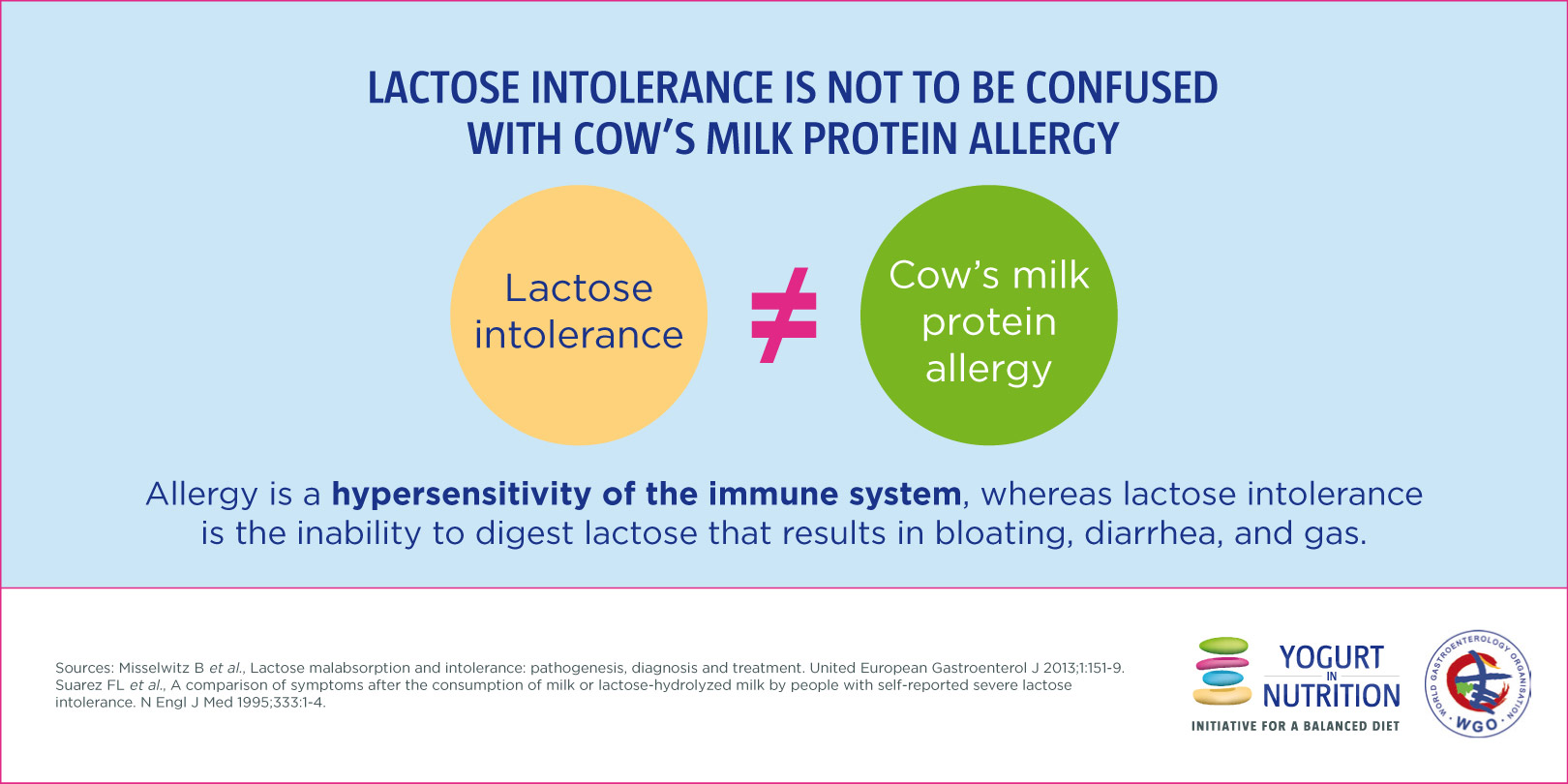Intake of free sugar should be less than 10 % of total daily energy intake, according to WHO. But where are we today? This study, conducted by V. Azaïs-Braesco et al. reviewed the data on sugar intakes from European countries, and identified the main contributors to added sugar intakes. Yogurt is definitely not one of them!
The first source of sugar: sweet products of course!
Added sugars (or non-milk extrinsic sugars) are all mono- and disaccharides added to foods by the manufacturer, cook or consumer, and also sugar naturally present in honey and syrup*. Free sugars also include sugars naturally present in fruit juice. This review covers 11 European surveys driven in 10 countries, among which 7 provided accurate estimates on total added sugar intakes. Results shows that mean intake of added sugar in adults represents from 7 to 11 % of total energy intake, a percentage mainly represented by sweet products. Who are the biggest consumers? Apparently Men! They had a bigger intake in sugars (in g/d) than woman. But this difference disappeared when it’s expressed to total energy intake. In other words, women have at least a bigger bit of a sweet tooth than men…
Yogurt: far behind others
Unsurprisingly, the major contributor in adults was sweet products: confectionery, chocolates, cakes and biscuits, sugar, and jam, represent 36 to 61 % of total added sugar intakes. The second contributor were beverages (12 to 31% in adults, fruit juices excepted). Dairy appears as the third source of added sugar, with only 4 to 15 % of the total added sugar intake in adults. With providing no more than 8 % of the total added sugar, depending on the country, yogurt appears as a relatively low contributor to sugar intake in Europe.
In conclusion: if you like sweet yogurts, you can consume branded yogurt without feeling guilty. If you sweeten a plain yogurt yourself, consider adding moderate and varying the sweetening ingredients (white or brown sugar, honey, maple syrup, jam, compote …). The most important thing is to consume daily dairy products!
To learn more, read the original article.
Source: Azaïs-Braesco V et al. Nutrition Journal 2017;16:6.
* Basically, non milk extrinsic sugars include table sugar, honey, glucose, fructose and glucose syrups, sugars added to food and sugars in fruit juices.

















